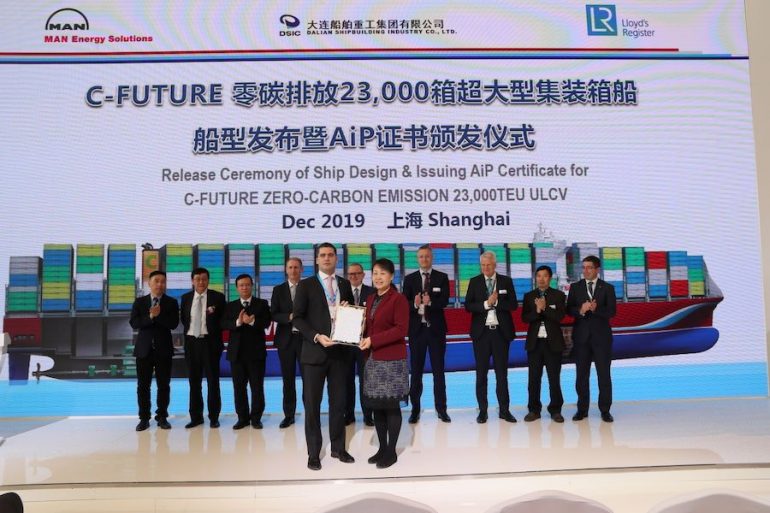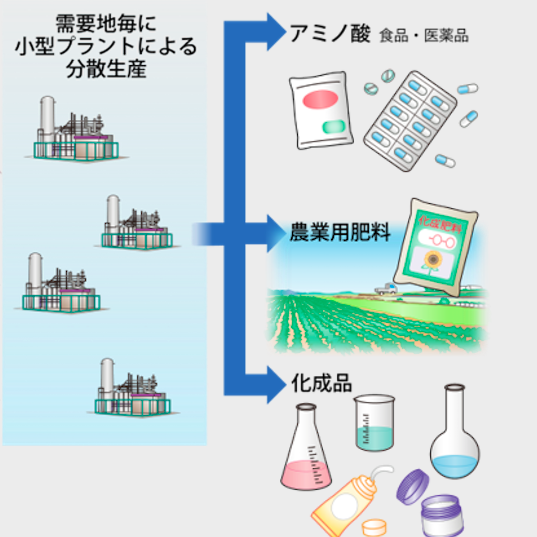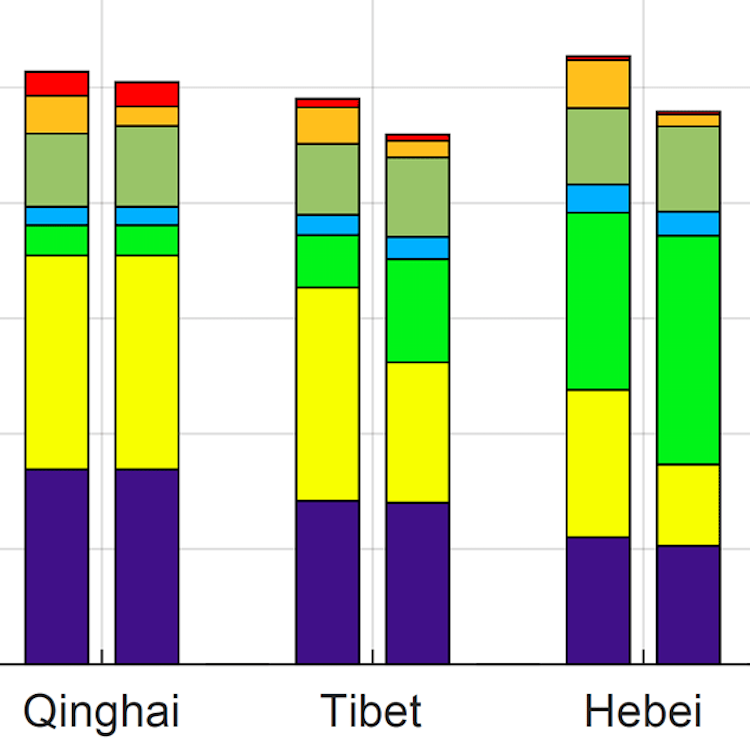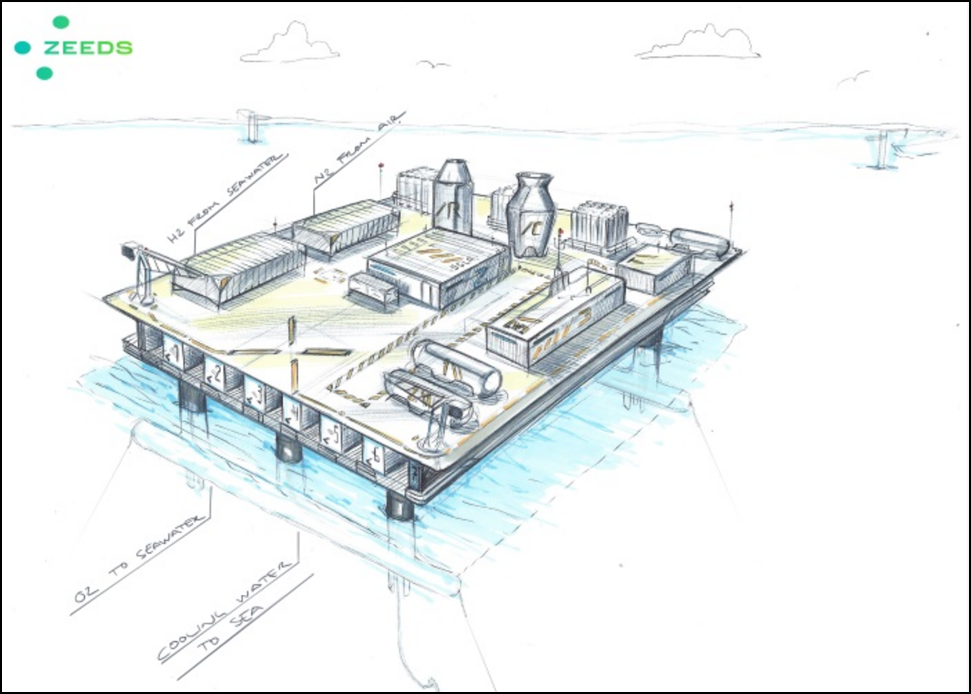Ammonia-fueled ships: entering the design phase
Three separate projects to design a range of ammonia-fueled vessels were announced last week at a shipping industry conference in China. Lloyd's Register has granted Approval in Principle (AiP) for the design of a 180,000 ton bulk carrier. ABS announced a project to "produce designs for an ammonia-fueled Chittagongmax container carrier of 2700 TEU capacity." And Lloyd's Register also announced a project for "an ammonia-fuelled 23,000 TEU Ultra-Large Container Ship (ULCS) concept design." All three projects are working with the two-stroke ammonia engine developed by MAN Energy Solutions, and all are led by major shipbuilders in China.









